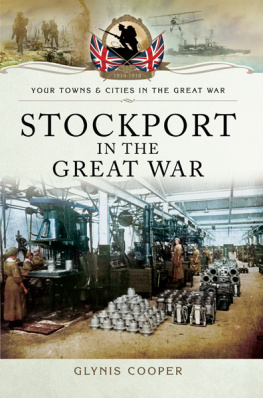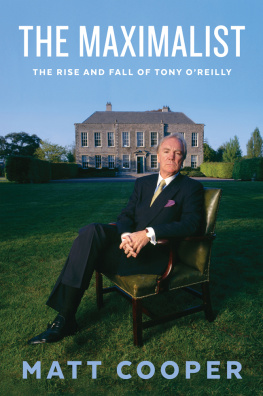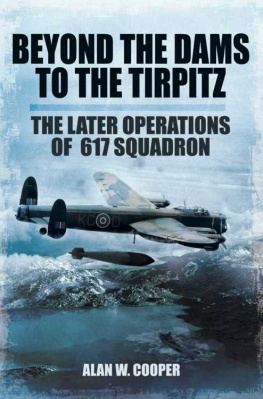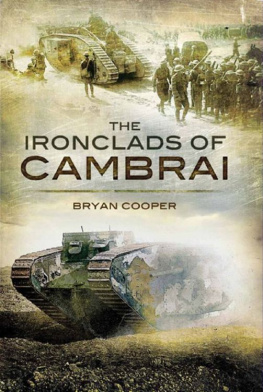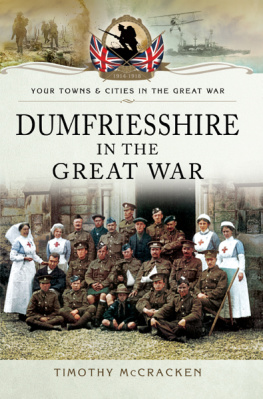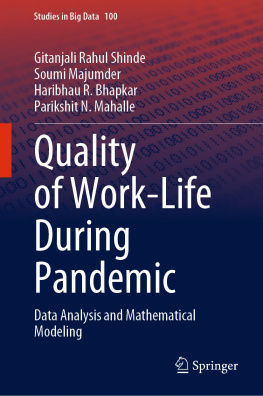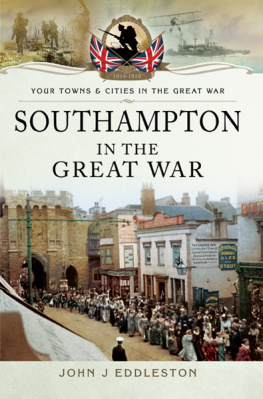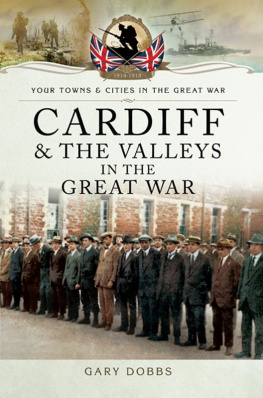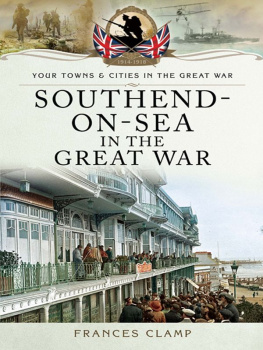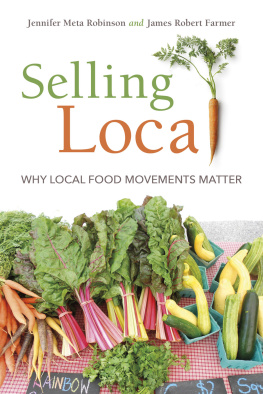Dedication
To Elsie Plant (suffragette and family planning clinic pioneer) of Woodsmoor, Stockport, and her three daughters: Aileen (nursery school head and traveller); Roma (business woman and retail owner); Joyce (writer, teacher and philosopher); and to all those people of Stockport who made the ultimate sacrifice in the war to end all wars 19141918.
First published in Great Britain in 2016 by
PEN & SWORD MILITARY
an imprint of
Pen and Sword Books Ltd
47 Church Street
Barnsley
South Yorkshire S70 2AS
Copyright Glynis Cooper, 2016
ISBN: 978 1 47383 378 4
PDF ISBN: 978 1 47386 470 2
EPUB ISBN: 978 1 47386 469 6
PRC ISBN: 978 1 47386 468 9
The right of Glynis Cooper to be identified as the author of this work has been asserted by her in accordance with the Copyright, Designs and Patents Act 1988.
A CIP record for this book is available from the British Library
All rights reserved. No part of this book may be reproduced or transmitted in any form or by any means, electronic or mechanical including photocopying, recording or by any information storage and retrieval system, without permission from the Publisher in writing.
Printed and bound in England
by CPI Group (UK) Ltd, Croydon, CR0 4YY
Typeset in Times New Roman by Chic Graphics
Pen & Sword Books Ltd incorporates the imprints of
Pen & Sword Archaeology, Atlas, Aviation, Battleground, Discovery, Family History, History, Maritime, Military, Naval, Politics, Railways, Select, Social History, Transport, True Crime, Claymore Press, Frontline Books, Leo Cooper, Praetorian Press, Remember When, Seaforth Publishing and Wharncliffe.
For a complete list of Pen and Sword titles please contact
Pen and Sword Books Limited
47 Church Street, Barnsley, South Yorkshire, S70 2AS, England
E-mail:
Website: www.pen-and-sword.co.uk
Contents

Acknowledgements

Thank you to Stockport Local Studies for allowing me to study the source materials for this book; to Roni Wilkinson, commissioning editor, for moral support; to the long suffering design and editorial staff at Pen & Sword, who take so much trouble with each manuscript; and to my family for their tolerance when I am engrossed in writing a book.
Introduction

Stockport, which now lies within Greater Manchester, has changed a great deal in the 100 years since the outbreak of the First World War. Today it is a Metropolitan Borough Council that covers Stockport Town, Cheadle, Gatley, Cheadle Hulme, Bramhall, Marple, Mellor, Compstall, Bredbury, Woodley, Romiley and Hazel Grove. In 1914 Stockport Town consisted of the areas or former villages of Cale Green, Edgeley, Heaviley, Heaton Chapel, Heaton Mersey, Heaton Moor, Heaton Norris, Portwood, Lancashire Hill, Shaw Heath, Adswood, Brinnington, Reddish, Davenport, Woodsmoor, Cheadle Heath and Offerton. Reddish and the Heatons were quite recent additions to the growing town. In 1914 the other townships now covered by the Metropolitan Borough Council were very separate entities with their own councils and, in some cases, were in different counties, so this book will simply focus on Stockport Town as it was in 1914.
CHAPTER 1
1914

Stockport lies at the junction of the River Tame with the River Goyt, which merge to form the River Mersey. There had been a settlement here since at least Anglo-Saxon times. In early medieval times there was a motte and bailey guarding the ford over the River Mersey, although by 1535, according to John Leland, an antiquarian in the time of Henry VIII, this castle was in ruins. It was finally demolished in 1775. Until the mid-eighteenth century, agriculture, growing hemp and a small rope-making industry were the main forms of occupation. From 1732 1770 a number of successful silk mills were established along the Mersey using machinery copied from that used in Italian silk throwing. But by the early 1800s, cotton manufacture had become the main industry. The hatting industry, which had been established in Cheshire and Lancashire since the sixteenth century, also really developed during the nineteenth century when Christies moved to Stockport in 1826. Rope-making continued in the town, along with the advent of iron foundries and engineering works. Before disappearing under a medley of mills, motor roads and myriad terraced housing, the countryside in and around Stockport was very pretty with woods, meadows, hedgerows full of hawthorn, elderflower, brambles and dog roses, bordering the two rivers. But in 1844, Friedrich Engels described the town as being renowned as one of the duskiest, smokiest holes in the whole of the industrial area, and by 1914 little had changed. The town was large, grim and dirty, full of dark mills, blackened chimneys and cramped squalid housing. Its inhabitants were hardworking and stoical, many of them used to hardship and deprivation. But, despite their difficulties, they had a cheerful sense of humour. When war was declared on 4 August 1914, they faced it with courage and resilience.

Buxton Road, Stockport c1910.
The Great War, as David Lloyd George said, was fought primarily on grounds of money, trade and business interests, whereas past wars had tended to be fought over territory, principles and religion. Germany and Austria-Hungary were prepared and comparatively wealthy countries who believed that might was right and that they would therefore win the conflict. Countries like Britain, France and Belgium were caught completely unawares. All of them initially underestimated the power and resources of Germany, Austria-Hungary, and the Ottoman Empire, which entered the war on the side of Germany. The battles of Gallipoli and the Dardanelles were disastrous for the British, who failed to understand they were dealing with a large, disciplined, well-equipped Turkish army instead of a bunch of indiscriminate snipers. However, what Germany and her allies failed to understand in turn was the utter determination of their opponents that the kaiser would not win.
Stockport, although a thriving, bustling and politically aware community, seemed to underestimate the gravity of the European situation. Instead, the local papers reported complaints that many MPs were tired of Lloyd George and there was criticism of his latest budget, especially as the purchasing power of the pound was falling and this had caused industrial unrest. The Plural Voting Bill then failed to make it through the House of Lords. This meant that people who were affiliated to a university or had homes in two different parliamentary constituencies could still vote twice, or even three times, in any election. The burning issue of the day, however, was the Home Rule Bill, which advocated that Ireland should have self-government but remain British. The idea of Home Rule had been put forward by Gladstone half a century earlier in an attempt to reconcile Irish nationalism with being a part of Britain. This was so strongly opposed by the Conservatives and Ulster Unionists, it was feared civil war might result. At the end of July 1914, a palace conference was held at Buckingham Palace to try and resolve the Irish Crisis, and the king himself became involved. The conference failed to find a solution and, in their rage and frustration, the Conservatives and Ulster Unionists branded David Lloyd Georges government as one of mess, muddle, Marconi and madness! There was very little time or newspaper space for the European situation.
Next page
